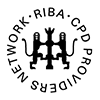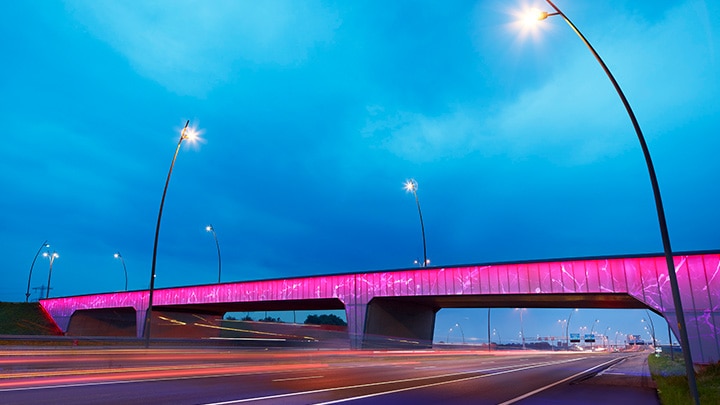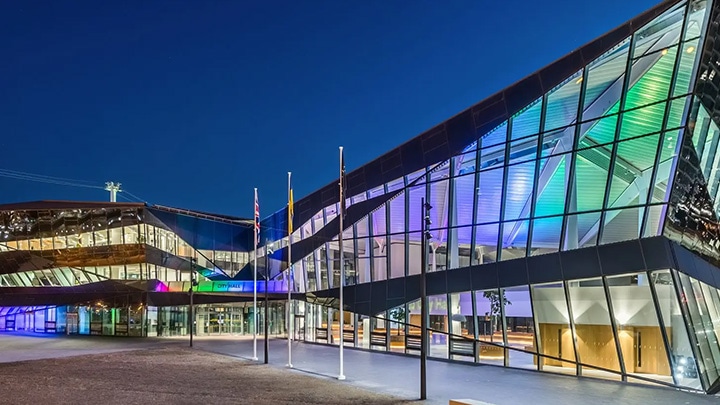Click the video player alongside to watch the webinar and learn how big data and IoT can be used for urban analysis.


Today, our cities produce unprecedented amounts of data. What’s more, the amount of data we produce globally is doubling every year. The platform for this mass information exchange is the Internet of Things (IoT).
Sensors in our phones, computers and vehicles actively and passively collect reams of information, as do streetlights, buildings and power lines. The convergence between digital information and the physical environment, bound by IoT networks, has enormous potential. We have real-time datasets on everything from temperature, humidity and pollution, to vibration, light and sound and our daily movements.
The Senseable City Lab strives to anticipate and study these changes and networks, developing tools to harness data and learn more about our cities. The research initiative at the Massachusetts Institute of Technology (MIT) promotes the smart city beyond the urban planning buzz word, encouraging standardization efforts that ensure open network IoT solutions and protocols that support complex communications flows. Using sensors and networks, we can diagnose city infrastructure and respond as needed in real-time.

A living-systems lens to lighting design
Attend this webinar to explore how artificial illumination can move beyond energy efficiency to support the health, rhythms, and resilience of all life on Earth.

Smart Places, Safer Roads
Attend this webinar to discover how lighting is evolving from simple traffic-based systems to intelligent, context-aware solutions.

From Concept to Commissioning
Watch this webinar to gain an inside look at the architectural lighting market, as Neil Gamble shares the journey from concept to completion and the stakeholders who bring a designer’s vision to life.